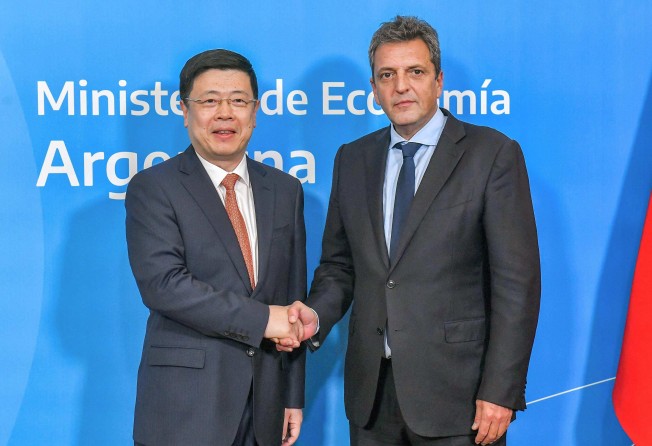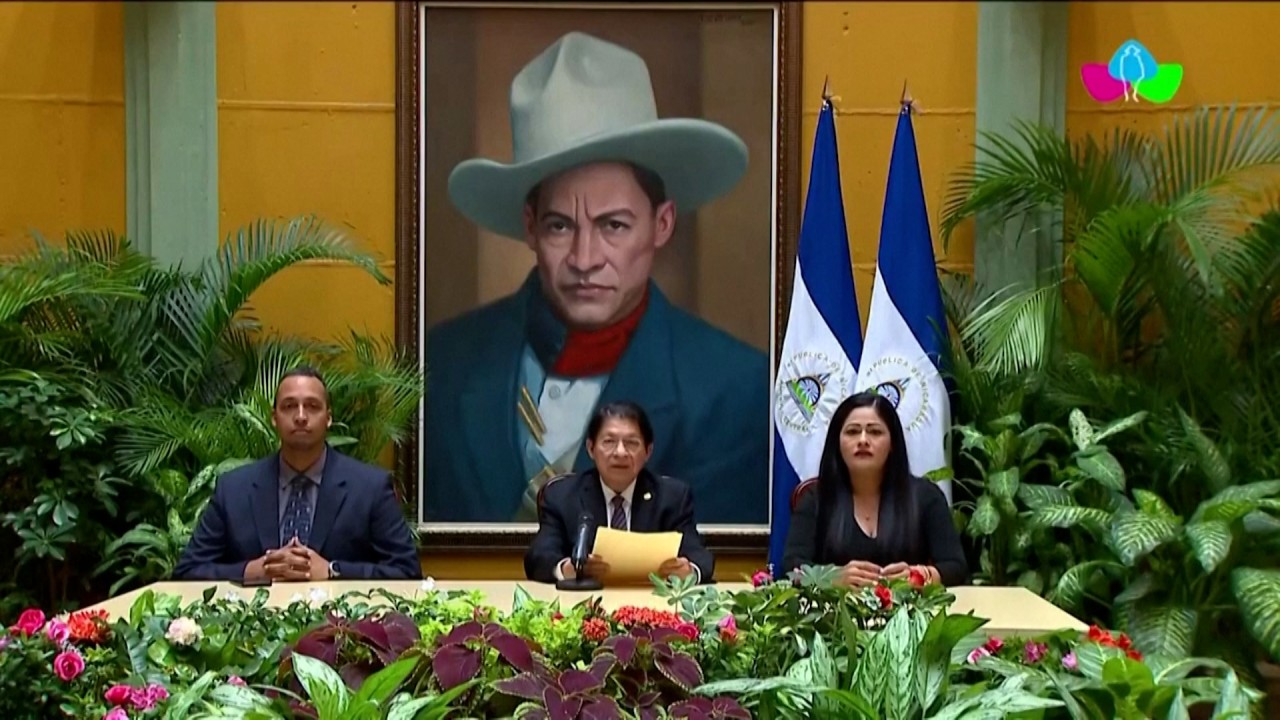5 trade moves China has made in 2023 in Latin America – the traditional backyard of the US
- China has recently bolstered its relations with the likes of Ecuador, El Salvador, Brazil, Argentina and Nicaragua
- Latin America traditionally looks to the United States as its top source of business

China, eager to build up a foreign trade network while its ties with the United States languish, has been stepping up efforts to bolster its economic relations in Latin America this year.
Due to geographic proximity and long-standing political alliances, Latin America has traditionally looked to the US market as its top source of business.
But deals in the region improve China’s ability to break down trade barriers, call for joint development and advance international use of the yuan.
The US remains Latin America’s biggest trade partner, but China ranks No 2 after two-way commerce hit a record last year.
Latin American countries exported around US$184 billion worth of goods to China and imported US$265 billion in 2022, according to the Global Development Policy Centre at Boston University.
Here are five inroads China has made in Latin America this year.
1. China-Ecuador free-trade agreement
The deal signed on May 11 took a year to negotiate, according to China’s Ministry of Commerce.
The ministry said the pact will create a “convenient and transparent” business climate for realising two-way trade potential.
China and Ecuador are unlikely to compete, as the small Latin American country will probably ship oil, mining goods and seafood to China, which will send manufactured products the other way, said Evan Ellis, a research professor of Latin American studies at the US Army War College’s Strategic Studies Institute.
“Obviously, this is an indication of China’s continuation of the use of [free-trade agreements] to open markets and commercial engagement and influence,” Ellis said.
“The question is, what are the markets that China would compete in? And I think there’s the sense of complementarity.”
2. Taiwan cancels 15-year-old trade deal with El Salvador
Taiwan, a self-ruled island that Beijing regards as a breakaway province that needs to be reunited with the mainland – by force, if necessary – cancelled its free-trade agreement with El Salvador on May 15.
Taiwan Premier Chen Chien-jen said the economic impacts of stopping the trade deal with the largest country in Central America were “very limited”.
El Salvador broke official diplomatic ties with Taiwan in 2018 in favour of formally recognising mainland China.
President Nayib Bukele said in 2022 that El Salvador and China would start their own free-trade talks and try to clinch a deal as soon as possible.
Taiwan’s trade agreement with El Salvador also includes Honduras, which cut diplomatic ties with Taiwan in March.
Honduras intends to negotiate its own free-trade deal with mainland China, media outlets in Latin America reported on May 12.
3. China, Brazil sign 15 agreements, agree to use yuan
Brazil, Latin America’s largest economy, reached 15 deals with China when President Luiz Inacio Lula da Silva travelled to Beijing in April.
Their accords cover joint development of satellites, the digital economy and trade facilitation.
Brazil and China had reached a yuan-settlement deal in February in a development seen as a way for both sides to cut US dollar exposure.
4. Argentina, China agree to settle imports in yuan
Argentina, South America’s second-largest economy, decided to use the Chinese yuan to pay for US$1.04 billion worth of Chinese imports in April, followed by US$790 million every month from May onwards.
Economy minister Sergio Massa announced the decision in April after a meeting with Chinese ambassador Zou Xiaoli.
Argentina hopes the yuan transactions will help it maintain US dollar reserves after a historic drought reduced exports by US$15 billion.
5. China, Nicaragua make initial import, export tariff cuts
From May 1, the Customs Tariff Commission of China’s State Council began allowing tariff-free imports of beef, seafood, cable and clothing from Nicaragua, state media outlets in Beijing said.
The tariff cuts extend other support by China for the impoverished Central American country that cut ties with Taiwan in 2021.
China in turn would export insecticides, herbicides, plastics and raw materials for toys, all tariff free, according to Chinese and Nicaraguan media reports.
The tariff cuts stem from an “early harvest” deal reached in July, when the two countries announced the start of talks toward a free-trade deal.
As Nicaragua’s top economic partner, the US buys half of all Nicaraguan exports and is responsible for 27 per cent of its imports, according to data from the US Department of State.
